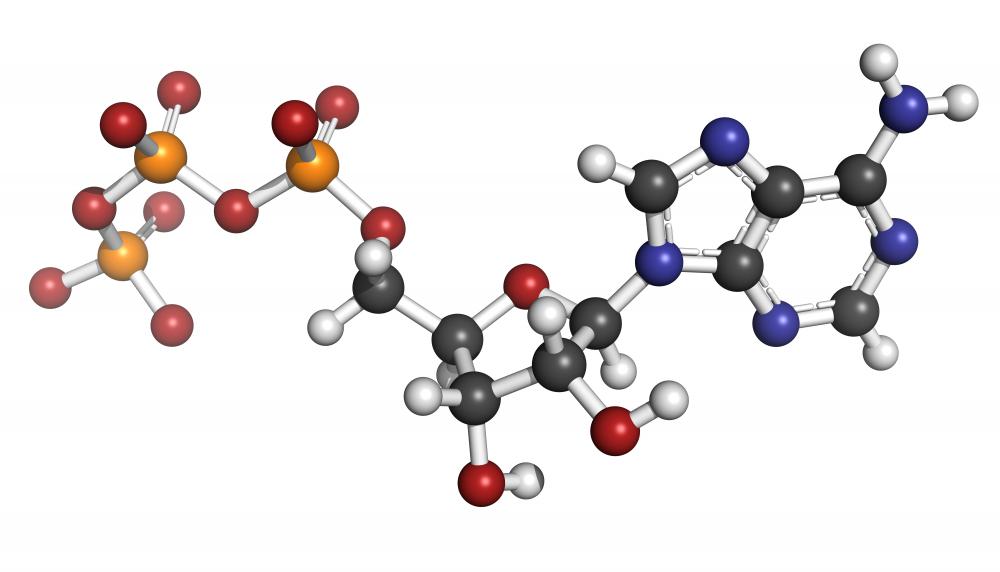At TheHealthBoard, we're committed to delivering accurate, trustworthy information. Our expert-authored content is rigorously fact-checked and sourced from credible authorities. Discover how we uphold the highest standards in providing you with reliable knowledge.
What Is the Function of Myosin Heads?
Myosin heads refer to a specific muscular structure that is a crucial part of the muscle contraction matrix. Walking, grabbing a glass of water, scratching your head — these are all basic movements that are often taken for granted. What makes movement possible is the contraction of muscle fibers, a complex process that utilizes structures such as myosin heads.
The nature of muscle contraction is complex at the cellular level, and most conclusive understanding of the process is speculative. The most widely accepted view of movement is based upon the sliding filament theory. This theory, developed by Andrew Huxley and Rolf Niedergerke in 1954, basically states that muscles shorten by the active overlapping of fibers. Also credited with this concept are Hugh Huxley and Jean Hanson.

Thought of as latches or connecting points, myosin heads play an integral role in muscle contraction. A visual description of this process may help the conceptualization of this otherwise abstract process. The bigger picture will first be described, followed by the more intricate and complex finite model.
The broader idea is that muscles are attached to different bones and cartilaginous structures via ligaments. Therefore, when a muscle shortens or contracts, the bones are pulled together at certain angles, which is movement in a nut shell. Muscles always act in contractual function to initiate movement and do not naturally expand unless they are released from contraction or forced to by an outside force.

On a cellular level, muscles can be thought of as a group of long strands. Deep within these strands, or muscle fibers, are thick and thin filaments that basically make up each fiber. These filaments are staggered, meaning they are arranged in a thick, thin, thick, thin basis. The thick filaments are thicker partially due to the myosin heads. The myosin heads connect to the thin filaments and pull, causing the thin filaments to slide in between each thick set, therefore shortening the entire contractile unit.
When this process is duplicated across many contractile units, the entire muscle or group of muscles is enabled to contract, consequently causing a desired movement. The stimulation of the process is controlled neurologically, both in voluntary, such as scratching your head, and involuntary, such as your heart contracting, manners. More complicated, in-depth descriptions of muscle contraction include the role of the energy-freeing molecule ATP.
AS FEATURED ON:
AS FEATURED ON:












Discuss this Article
Post your comments